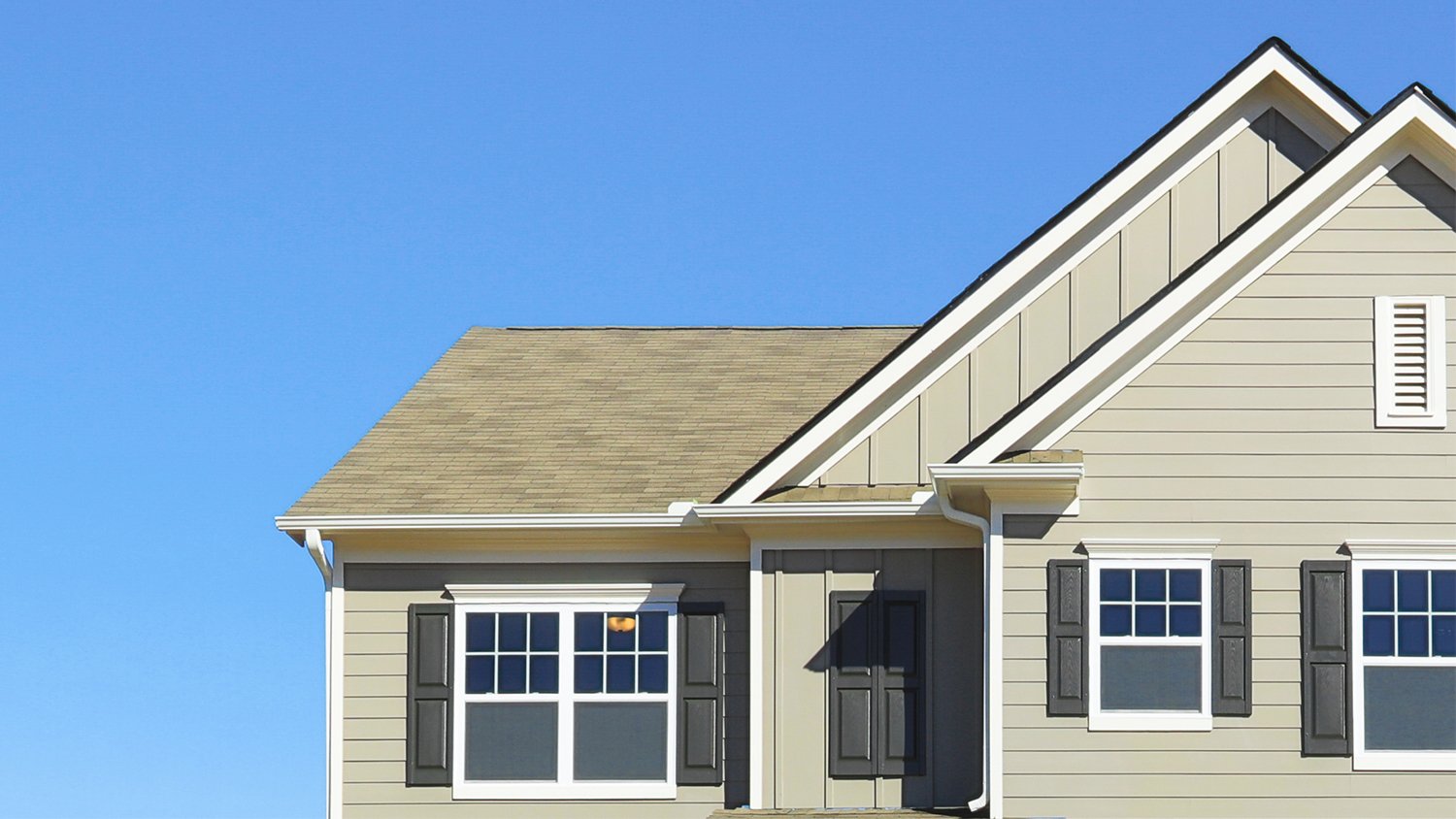Can You Replace Soffits Without Removing Fascia First? Know the Right Order
Gutters are great, but your soffit and fascia should come first—literally


Highlights
Soffit and fascia are essential roof components that protect the roof and attic from rain, wind, and snow.
Install soffit and fascia before installing gutters.
Fascia should be installed before the soffit.
Before replacing the soffit, remove the fascia.
When it comes to keeping rainwater away from your home’s foundation, gutters get all the credit. But did you know there are important parts to your gutter system, called soffit and fascia, that play a vital role in protecting your roof and home from water damage?
The soffit helps ventilate the attic, and the fascia acts as a layer between the roof’s edge and the outdoors, shielding the wooden board from water damage. It also makes for a smoother, more beautiful appearance to your roof’s edge.
When tackling a gutter replacement project, ensure the soffit and fascia are in good condition. If they’re not, replace them before installing your new gutter system. Read on to find out why and when you should replace soffit and fascia.
What to Know When Installing Gutters
Your roof system is comprised of materials like shingles, underlayment, fascia, soffit, and gutters, all of which play a crucial part in protecting your home from water damage and moisture. As a homeowner, you want to install each part properly—that includes installing everything in the right order.
Before installing gutters, you should first place the fascia board, followed by the soffit. You can tackle the gutter installation after those two components are successfully in place.
You can opt for several kinds of materials and styles for your fascia, soffit, and gutters. Regardless of the type you choose, your fascia board must be strong enough to secure both the gutters and soffit weight and withstand the elements.
What Are Soffit and Fascia?

Let’s take a deeper dive into what soffits and fascia boards are and how they function.
Their primary purpose is to ventilate your roof and protect your home from wind, rain, hail, sun, and snow. The fascia is a board that runs horizontally at the end of your roof edge and is made from wood, vinyl, aluminum, or PVC.
The soffit is located underneath the eaves of your roof and against your siding. It not only helps ventilate your roof but also keeps away critters like squirrels and birds. Vinyl is one of the most common soffit materials, as it is low maintenance and easy to install.
Can You Replace Soffit Without Removing Fascia?
It’s best to remove the fascia before replacing the soffit. Because of the position of the soffit underneath the fascia, it would likely cause damage if you didn’t remove it as well. Your repair professional can look at the area and explain how they’ll go about replacing the soffit, but it’ll likely include removing the fascia to access the area.

How Much Does It Cost to Replace Fascia and Soffit?
Over time, you may need to replace your fascia and soffit, especially if there are signs of rotting and you’re already planning to install new gutters. The average cost to replace fascia and soffit is around $2,300, though the price depends on labor and the size and type of soffit and fascia material.
If your fascia and soffit are over 25 years old, you may also want to consider replacing your roof at the same time. A roof replacement costs around $10,000 on average but can be even greater depending on the size and materials used. Calling a roofing pro for a roof inspection can help you decide if it’s cost-effective to batch the two projects together.
Fascia and soffit don't need replacement often, though you should inspect them once or twice a year. If you're comfortable working on a ladder, you can also learn how to replace fascia yourself to save money on labor fees.
Why Should You Replace Soffit and Fascia Before Installing New Gutters?
The fascia board is where the gutters and soffit are secured. Therefore, it’s important that when installing your gutters, the fascia board is in good condition and able to withstand the newly added weight while also protecting your home from moisture. Failing to replace your damaged fascia boards before installing the gutters could potentially result in costly repairs down the line.
What’s the Cost of Replacing Gutters?
The average cost to replace gutters is $1,160. Whether you decide to install seamless gutters or sectional gutters, doing so is a significant investment in your home. It’s crucial that your gutter contractor installs them correctly and ensures all the parts are in working condition. They should make any repairs or replacements before installing the gutters to avoid extra costs in the long run.
Hire the Right Contractor to Replace Gutters, Sofft, and Fascia
Hiring the right roof repair contractor near you can ensure that the project goes smoothly. To find the right contractor, you can do an internet search and read recent reviews. You can also ask family and friends who have recently completed a roofing project. Asking for quotes from multiple contractors can give you a good idea of the price range to replace gutters, soffit, and fascia and make sure you’re comfortable working with them.
José R. Mendoza contributed to this piece.

